Ash
Color: White to light brown
Native To: Sixteen species of ash are grown in the eastern United States.
Properties of the Wood: Ash is heavy and has a prominent grain that resembles oak.
History: Today Ash is widely used for frames. It was used in Queen Anne and Federal period furniture. Beech
Color: ?Reddish brown to light brown
Native To: ?The American beech grows in the eastern half of the United States
Properties of the Wood: ?Beech is a hardwood, heavy & strong with vascular rays, similar in appearance to maple
History: ?Beech has a long history in furniture & is a common wood for chairs. Birch
Color: Light brown to reddish brown to cream
Native To: There are many species of birch, yellow birch is the most important. European birch is fine-grained, rare and is very expensive.
Properties of the Wood: Birch is heavy and close-grained.
History: Found in Hepplewhite and Adirondack furniture. It can be stained to resemble mahogany or walnut. Cherry
Color: Light to dark reddish brown in color
Native To: Cherry is grown in the eastern half of the United States.
Properties of the Wood: Strong, closed grain and it resists warping and is easy to polish.
History: Cherry was often used in original American colonial furniture.Cherry has been called New England Mahogany and it is often used to make 18th Century, Colonial and French Provincial furniture. Hickory
Color: White to reddish brown
Native To: There are fifteen species of hickory in the eastern US.
Properties of the Wood: One of the heaviest & hardest woods available today. Pecan is a type of hickory & has a very close grain without much figure.
History: Was used in a few Federal period furniture pieces. Hickory is often used for structural parts, especially where strength is required and it was also used as decorative veneers. It is also used in rustic furniture. Mahogany
Color: Reddish brown to dark reddish brown
Native To: Mahogany is a tropical hardwood indigenous to South America, Central America and Africa. There are many different grades and species. They vary widely in quality and price. Mahogany which comes from the Caribbean is generally thought of as the hardest and best quality.
Properties of the Wood: Strong and has a uniform pore structure. It may display stripe and fiddle back figures.
History: Mahogany was not widely used for furniture before the18th Century, when it largely replaced walnut as the predominant cabinet making wood. Chippendale, Sheraton and other furniture makers like Goddard and Townsend used hickory extensively. Maple
Color: ?Light tan or cream to a light reddish brown
Native To: ?There are 115 species of maple trees. Only 5 commercially important species grow in the United States. Two of the five are hard rock maple and sugar maple.
Properties of the Wood: ?Maple is so hard and resistant to shocks that it is often used for bowling alley floors. Its evenly sized pores give the wood a fine texture and even grain. Maple that has a curly grain is often used for violin backs (the pattern formed is known as a fiddle-back figure). Burls, leaf figure, and bird's-eye figures found in maple are used extensively for veneers. The bird's eye figure in maple is said to be the result of stunted growth and is quite rare.
History: ?Maple was very popular in furniture-making since early colonial days. maple can be stained to simulate cherry wood. Oak
Color: White or red
Native To: ?Oak is the most widely used hardwood. There are more than 60 species of oak grown in the United States, which can be separated into two basic varieties; white and red.
Properties of the Wood: ?Oak is a heavy and strong wood. Prominent rings and large pores give oak a course texture and prominent grain.
History: ?Oak was the wood of choice for the Gothic furniture made in the Middle Ages. Oak is the most popular wood used to craft American and English country furniture today. Walnut
Color: ?Light brown to dark chocolate brown
Native To: Walnut is one of the most versatile and popular cabinet making woods. Its many varieties grow in Europe, the United States and Asia.
Properties of the Wood: ?Walnut is strong, hard and durable, without being excessively heavy. It has excellent woodworking qualities, and takes finishes well. Large burls are common. Walnut solids and veneers show a wide range of figures, including strips & burls. European walnut is lighter in color and slightly finer in texture than American black walnut, but otherwise comparable.
History: ?Walnut and oak were the primary cabinet making woods in 17th Century Europe. In 18th century America , walnut was often stained to imitate mahogany. The 1820's and 30's in the US are often referred to as the "Black Walnut Period" due to the preponderance of this wood. The Queen Anne (1702-1714) period in England is often referred to as the "Age of Walnut." | 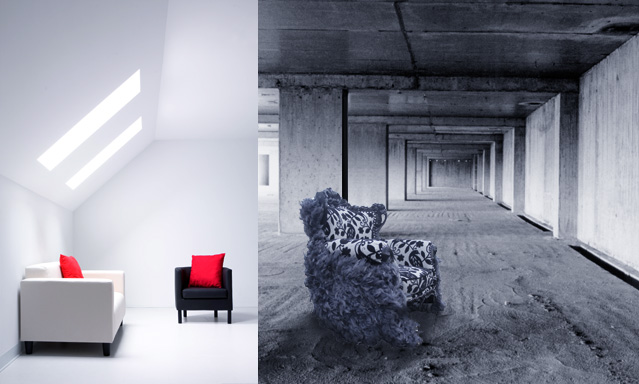
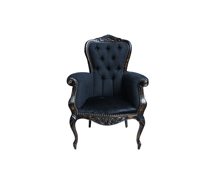
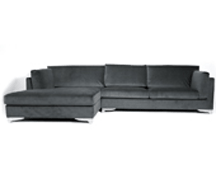
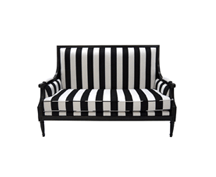

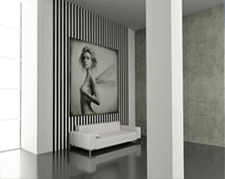

there is very best furniture showroom in hariudwar
ReplyDelete